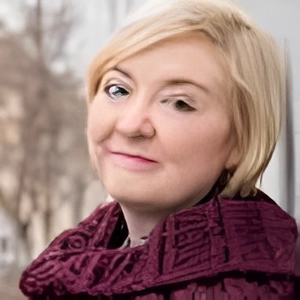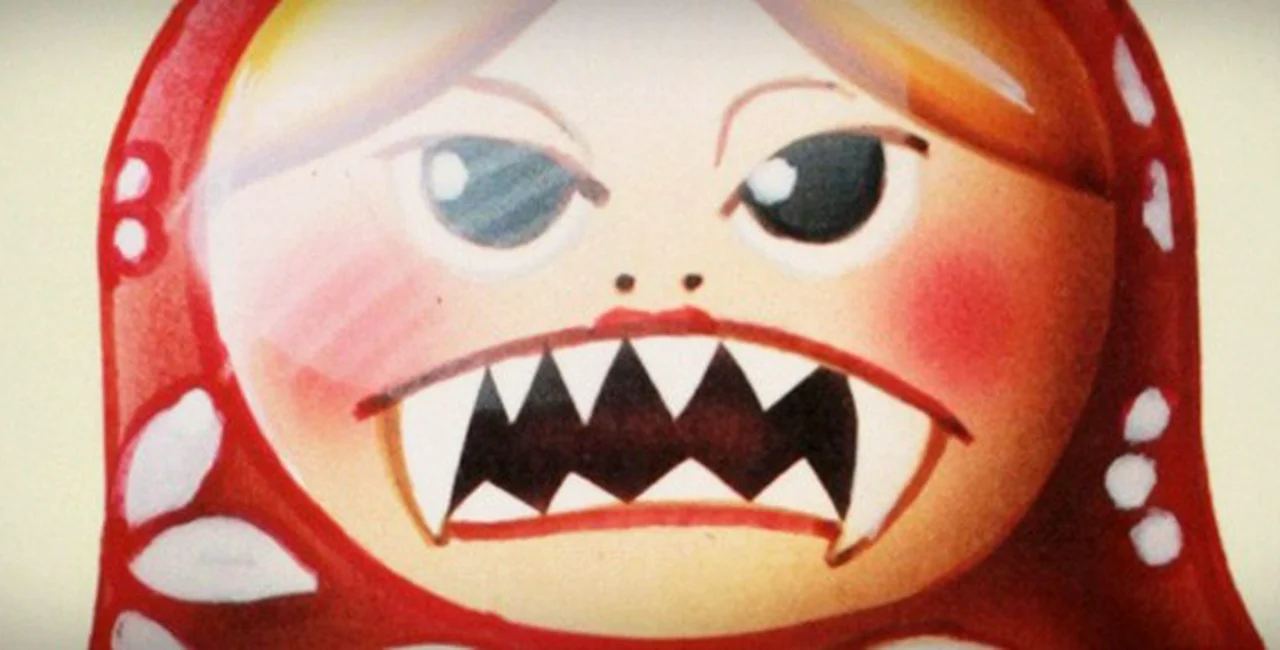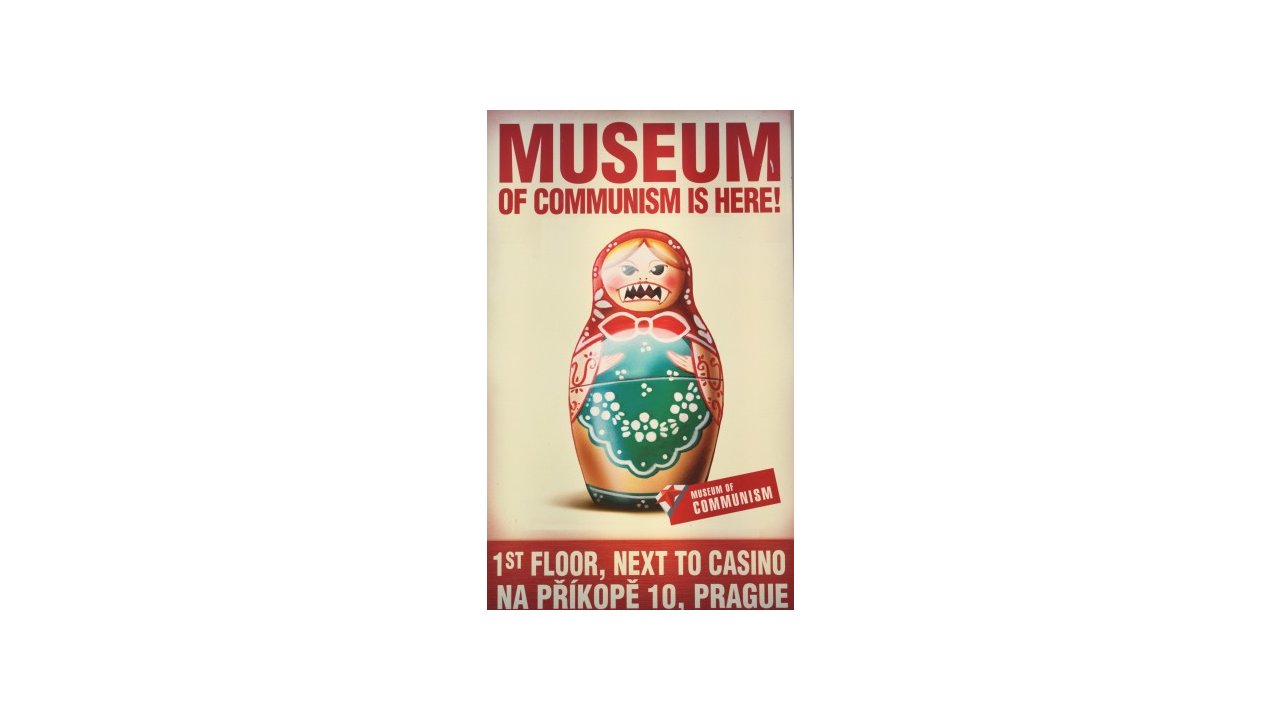The Museum of Communism is easy to find. It’s on Na Příkopě, one of Prague’s most popular shopping streets, next to McDonald’s.
Is its location symbolic? Perhaps.
During the latter half of the twentieth century, it appeared feasible that the future belonged to Communism. In the end though, the Big Mac triumphed over the red menace and the poor downtrodden Eastern Europeans, with their mullet haircuts and appalling taste in rock music, finally threw off their chains. Starbucks, Zara, and Tesco descended on the Golden City and everyone lived happily ever after, munching on burgers in freedom.
If this account of recent history sounds glib, the version of events presented in the Museum of Communism isn’t much more nuanced. Once you’ve paid your entrance fee, the first exhibits you see are a statue of Lenin, a couple of dusty motorbikes and an old street sign in Cyrillic. Glance up and you’ll see a huge red star on the ceiling – just in case you were in danger of missing the point.
The exhibition is more than a hotchpotch of shabby relics, though. There are information boards in every room which outline the historical background, beginning with the founding of the Czechoslovak state through to the Communist putsch, Normalization, and finally the Velvet Revolution. These explanations are in Czech but have also been translated into five other languages, thus making the museum accessible to a wide range of visitors, a fact which is to be applauded.
Some effort has been made to recreate the experience of living under the regime. You can peer into a schoolroom with rows of wooden benches, a blackboard chalked over in Russian and a story book called “How the Red Army Liberated Me”. There’s a grocery store with a conspicuously empty chiller cabinet, which stocks only two kinds of canned goods. One period detail which caught my eye was the factory time clock, complete with clocking-in cards emblazoned with the following notice: “Timely arrival deals the decisive strike against the American aggressors!” Now there’s a reason to set your alarm.
The most successful mock-up, however, is the interrogation room. There are no instruments of torture on display: simply glancing around the spartan office is enough to make you imagine the horrors that took place here. There are more of those info boards, again detailing the most violent excesses of the period, such as the 1950s show trials. The moving stories of heroic figures like Milada Horáková, which only a handful of tourists will already be familiar with, are rightly recounted here.
However, the uncomfortable truth remains that the number of Czechs who directly opposed the regime were few. 9% of Czechoslovaks were party members – the highest among any of the Soviet satellite states. Charter 77 – a request by dissidents for the government to actually implement human rights already agreed to in international treaties – may have provoked a hysterical reaction from the Communist leadership but initially had less than 300 signatories. Make no mistake: some individuals suffered terribly at the hands of the Communist regime. However, a casual visitor would leave with the impression that all Czechs were hapless victims of totalitarianism.
Perhaps the real impact of Communism on ordinary folk cannot be shown with a few propaganda posters, some grainy black and white photos of border posts manned by men with machine guns and a replica of the Berlin Wall. While I don’t believe the privately run museum is a cynical attempt to generate cash, I left feeling that the stories of individuals which make, for example, Berlin’s Holocaust Museum so powerful, were conspicuously absent.
However, as Slavenka Drakulic observes in her recently published book A Guided Tour Through the Museum of Communism, “Maybe the absence of individual stories is the best illustration of the fact that individualism was the biggest sin one could commit.”
It might be argued that the museum’s primary purpose is to be a tourist attraction rather than an educational tool. You come here to get the basic picture of what happened and to have your picture taken with the giant statue of Lenin before heading off to get a snap of the Astrological Clock on Old Town Square. Only telling part of the truth, however, is not really telling the truth at all.
As you’ve no doubt already guessed, I wouldn’t recommend a visit to Palace Savarin to those who want to gain a deeper understanding of what the C-word is really all about. However, we can all breathe a collective sigh of relief that Czech communism has been consigned to a museum – for the time being, at least.

Museum of Communism
Na Příkopě 10, Prague 1
Admission: Adults 190 CZK, Students with ID 150 CZK
Opening hours: 09:00 – 19:00 daily
www.muzeumkomunismu.cz
Related articles
- 10 Travel Articles That’ll Get You Excited for Autumn In the Czech Republic
- VIDEO: Amazing Recreation of 14th-Century Construction of Charles Bridge
- Prague Is the Cheapest City In Europe for Ballet, Opera, Art
- Český Krumlov Mulls Over Charging Tourists a Toll
- New Travel Guide Puts Czech Monasteries On the Map












 Reading time: 4 minutes
Reading time: 4 minutes 




























